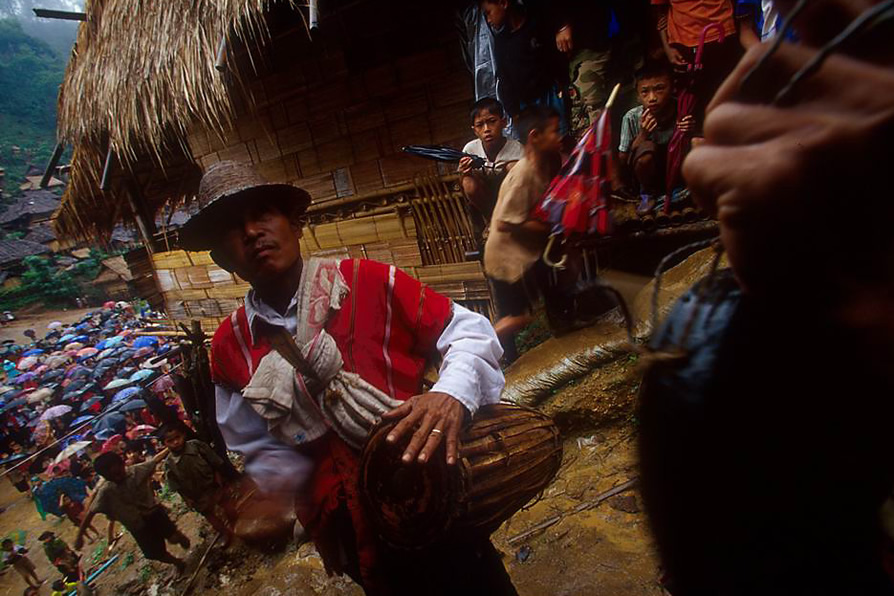
‘I never imagined that one day I would be a refugee.’
– A former leader of Mae La camp, recalling a time in his youth before he became a refugee, when he travelled to Japan as a young champion boxer to represent Burma. Refugees from Burma/Myanmar in Thailand have waited for more than thirty years for a durable peace to end their displacement.
TBC is the main provider of food, cooking fuel, shelter and many other forms of support to more than 86,000 refugees from Burma/Myanmar in nine camps in Thailand.
The camps are a result of decades of war and conflict in southeast Burma/Myanmar that caused hundreds of thousands of civilians to suffer internal displacement or take flight over the border to Thailand.
The current sites are consolidations of many smaller camps that once dotted sections of the Thailand/Myanmar border.
TBC traces its support to the refugees since late 1984 when the first recorded large influx of mainly Karen/Kayin people crossed the border line.
More than a generation later, many former residents have passed away or resettled to third countries. More than 116,000 people have been resettled since 2005, according to IOM data.
Many more people have arrived at the border sites and tens of thousands of young persons have never known any other life but that in a camp setting.
The sites today vary greatly in size and character. The largest, Mae La, is home to some 32,500 people while the smallest, Ban Mae Surin, provides shelter to some 2,100 refugees.
Residents are from many different ethnicities and backgrounds. By one count around a decade ago, more than 50 languages and dialects were spoken in the camps.
Around 77 percent of the total population are ethnic Karen/Kayin, some 11 percent are of Karenni/Kayah background, and the remainder include Burmans, Mon and many others.
Most refugees are from rural, remote parts of southeast Burma/Myanmar that have been diminished and impoverished by conflict for decades.
TBC also provides support for community-driven rehabilitation and development in the conflict-affected communities where refugees are from.
Some 400,000 people are estimated to remain internally displaced over a wide area that includes parts of southern Shan State, Karenni/Kayah, Karen/Kayin and Mon states, eastern Bago Region and Tenasserim/Tanintharyi Region in the southeast.
Virtually all of TBC’s work is conducted through different cooperative arrangements with other non-government organisations (NGOs) and partnerships with civil society organisations (CSOs).
In the camps, refugee committees shoulder most of the complex tasks of camp management, including organising food distribution and overseeing shelter, with TBC support.
Refugees are also engaged in providing a wide variety of social services as well as taking a lead in agriculture, livelihoods, health, education and livelihoods initiatives.
These activities are an important part of building refugees’ self-reliance, autonomy and independence to ensure preparedness when the time comes that they can return home.
In Photos: Scenes from the Camps
Images showing a snapshot of life in the camps were taken by Masaru Gotu for the TBC publication ‘Between Worlds’.







